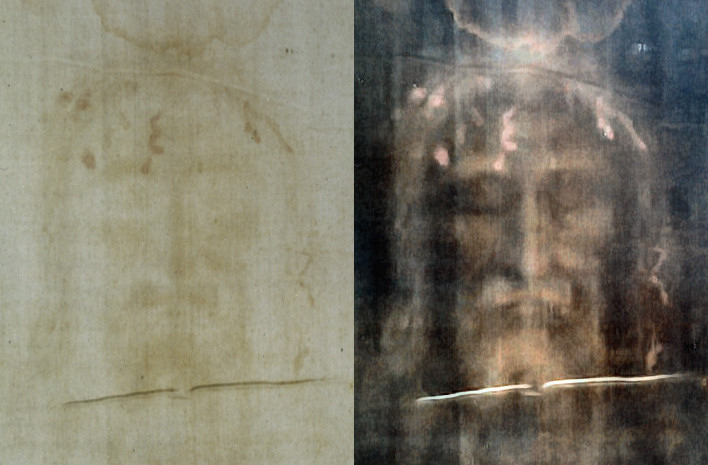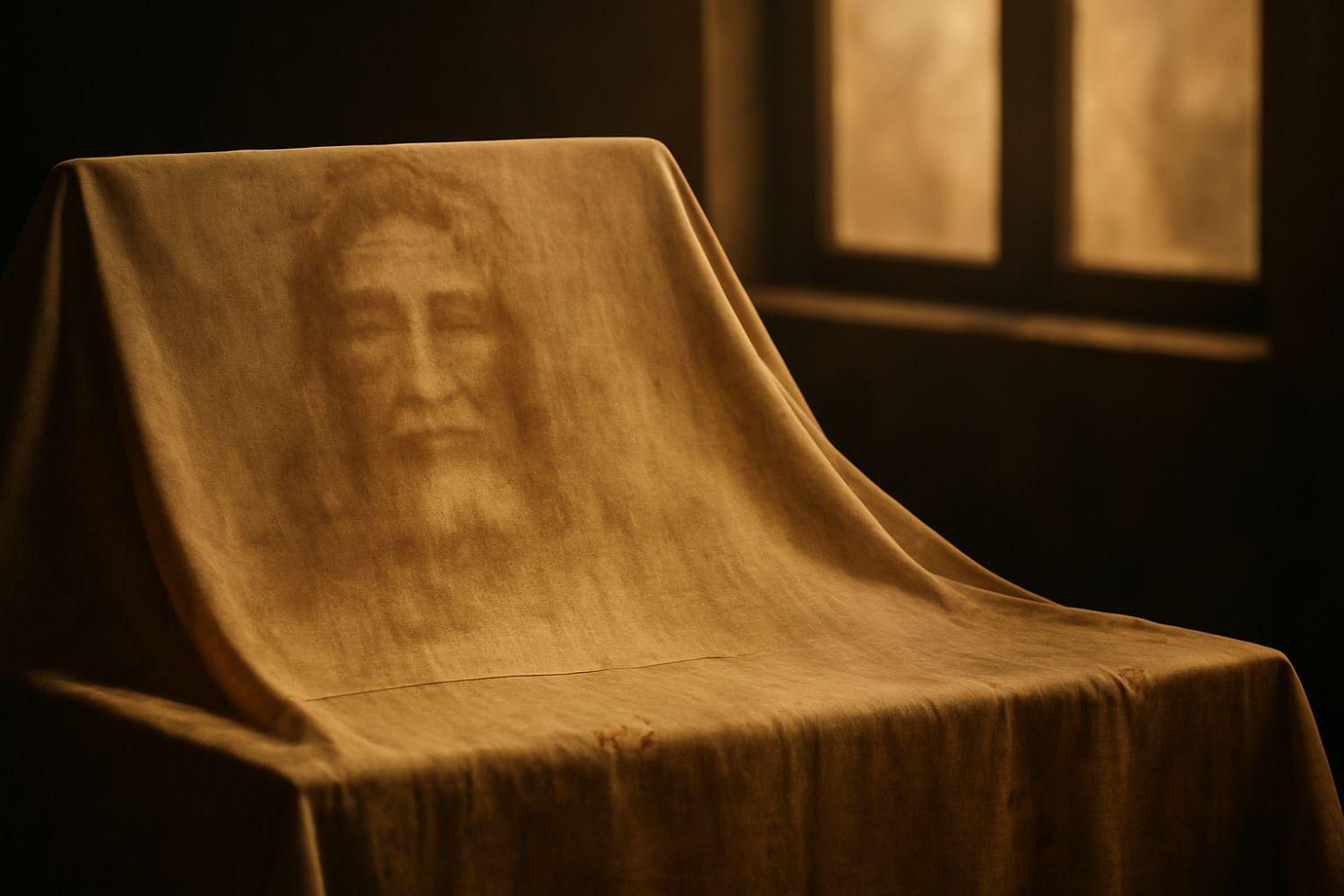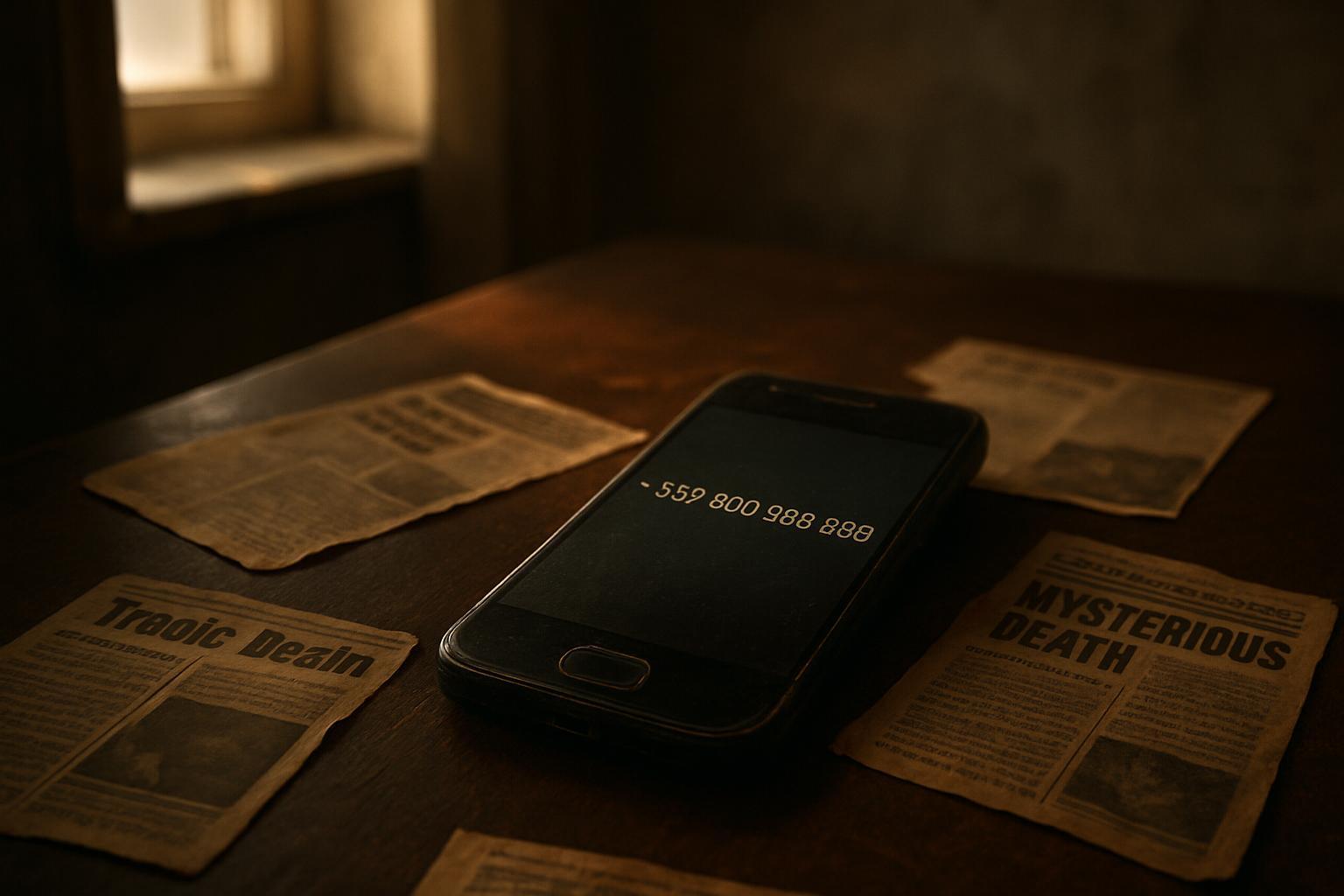The Shroud of Turin, a simple, sepia-toned piece of linen measuring approximately 14.3 x 3.7 feet, remains one of the most debated religious artifacts in history. Known worldwide, it’s revered by some as the burial shroud of Jesus Christ while others see it as a masterful medieval forgery. Regardless of one’s belief, the shroud continues to captivate the minds of scientists, historians, and religious followers due to its mysterious origins and the enigmatic human image imprinted on the cloth.
Historical Context
The exact age of the Shroud of Turin remains uncertain. The first concrete historical reference to the Shroud dates back to the 14th century when it was displayed in a French church. It was later moved to Turin in 1578, where it has remained. However, the provenance of the Shroud before the 14th century is less clear, with several theories suggesting it could have originated in the Middle East, traveled through Europe during the Crusades, or been created in medieval France or Italy.
The Shroud of Turin has had a storied journey throughout its existence. After its first display in a French church, it passed through several owners, each with their fascinating tales. The de Charny family, prominent in French nobility, held possession of the Shroud for much of the 14th and 15th centuries. After the death of Margaret de Charny in 1482, the Shroud was stored in a castle in Montfort, France, until 1502.
By the mid-16th century, the Shroud had come into the possession of the House of Savoy, one of the oldest royal families in the world. It was this family that transferred the Shroud to its current home in Turin in 1578. Over the centuries, the Shroud has survived several dangers, including a fire in 1532 that left burn marks still visible today. In 1997, another fire threatened the Shroud, but it was saved by a firefighter who risked his life to retrieve the case holding the artifact.
Theories about the Shroud’s earlier history are numerous and varied. Some claim the Shroud was the Mandylion of Edessa, a holy relic reported in the Byzantine Empire as early as the 6th century. This theory suggests the Shroud was moved from Jerusalem to Edessa (modern-day Turkey), then to Constantinople before ending up in France. Others suggest the Shroud may have been in the possession of the Knights Templar during the 12th and 13th centuries. Yet, despite these theories, no definitive historical record links the Shroud to a time or place before the 14th century in France.
This complex history contributes to the Shroud’s enigma. The lack of solid evidence about its origin and early history leaves much room for speculation, adding to the aura of mystery that surrounds this artifact. It also underscores the challenges historians face when trying to trace the provenance of an artifact whose history is intertwined with faith, legend, and the passage of time.
Physical Characteristics and Image
The most captivating feature of the Shroud is undoubtedly the faint, almost ghostly image of a man’s front and back. The figure shows signs of wounds consistent with crucifixion, including marks that suggest a crown of thorns, lashings, a puncture in the side, and nail wounds in the wrists and feet. These features have led believers to posit that the Shroud was used to cover the body of Christ after his crucifixion.
Remarkably, the image isn’t created by pigments, dyes, or paints. It rests solely on the cloth’s surface and hasn’t penetrated the linen fibers, leading to more questions about how it was formed. Some suggest a kind of chemical reaction might have occurred, while others hypothesize about a burst of radiant energy.

Dianelos Georgoudis, CC BY-SA 3.0, via Wikimedia Commons
Scientific Investigations
The Shroud has undergone several scientific examinations throughout the 20th and 21st centuries. One of the most significant was the radiocarbon dating performed in 1988 by three separate laboratories in Zurich, Oxford, and the University of Arizona. Their results suggested that the Shroud was made between 1260 and 1390 AD, lending credence to the theory that it’s a medieval forgery.
However, these findings have been contested. Some argue that the sample used for the dating may have been taken from a repaired portion of the cloth, not the original. Others suggest that environmental contamination could have skewed the results. More recent research has yielded mixed results, with some tests suggesting a possible first-century origin while others align with the original radiocarbon dating.
Debunking Attempts and Criticisms
Critics and skeptics have proposed various theories about the Shroud’s authenticity. Some suggest it was the work of a talented medieval artist, given the Shroud’s first appearance aligns with a time when relic forgery was rampant. Others postulate that Leonardo da Vinci created the Shroud using primitive photography techniques. However, no theory has definitively explained how the image was created or managed to replicate it.
Religious Significance
Regardless of scientific skepticism, for many believers, the Shroud of Turin remains a powerful symbol of faith. It’s seen as a tangible link to Jesus Christ, embodying the profound suffering he endured. Even as debates continue, the Shroud’s religious significance persists, drawing thousands of pilgrims to Turin whenever it’s exhibited.
Conclusion: A Continuing Enigma
After centuries of scrutiny, the Shroud of Turin remains a perplexing enigma. Is it an ingenious medieval hoax, or does it hold the true image of Christ? While we may never definitively answer these questions, the Shroud continues to captivate us, serving as a testament to the enduring allure of the unknown.




